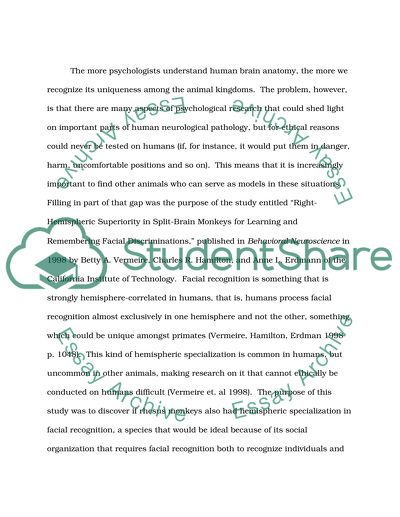Cite this document
(“Article Review: Lateralization in Rhesus Monkeys Research Paper”, n.d.)
Article Review: Lateralization in Rhesus Monkeys Research Paper. Retrieved from https://studentshare.org/psychology/1451257-the-left-brain-vs-the-right-brain-which-part
Article Review: Lateralization in Rhesus Monkeys Research Paper. Retrieved from https://studentshare.org/psychology/1451257-the-left-brain-vs-the-right-brain-which-part
(Article Review: Lateralization in Rhesus Monkeys Research Paper)
Article Review: Lateralization in Rhesus Monkeys Research Paper. https://studentshare.org/psychology/1451257-the-left-brain-vs-the-right-brain-which-part.
Article Review: Lateralization in Rhesus Monkeys Research Paper. https://studentshare.org/psychology/1451257-the-left-brain-vs-the-right-brain-which-part.
“Article Review: Lateralization in Rhesus Monkeys Research Paper”, n.d. https://studentshare.org/psychology/1451257-the-left-brain-vs-the-right-brain-which-part.


